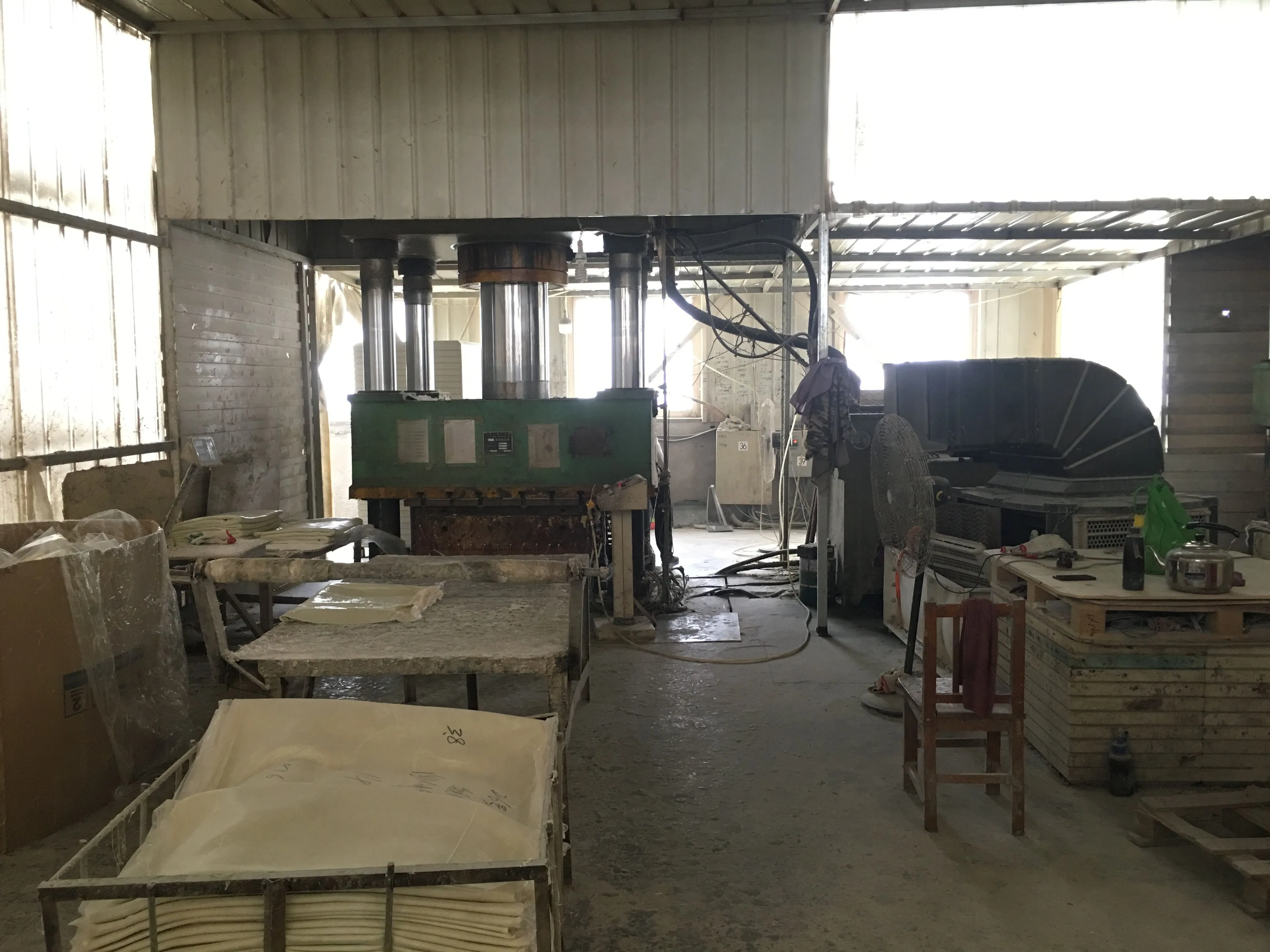loading...
- No. 9, Xingyuan South Street, Dongwaihuan Road, Zaoqiang County, Hengshui, Hebei, China
- admin@zjcomposites.com
- +86 15097380338
- Welcome to visit our website!
Exploring the Applications and Innovations of Fiber Reinforced Polymer Gratings in Modern Engineering
Understanding FRP Grating Applications, Advantages, and Future Perspectives
Fiber Reinforced Polymer (FRP) grating has emerged as a revolutionary material in various industrial applications due to its unique properties and advantages over traditional materials. Comprising a combination of fibers (such as glass, carbon, or aramid) within a polymer matrix, FRP grating offers an optimal answer to challenges posed by environmental conditions, mechanical stresses, and weight restrictions.
Characteristics of FRP Grating
FRP grating is known for its exceptional strength-to-weight ratio, corrosion resistance, and durability. Unlike conventional materials like steel and wood, FRP is immune to rust and rot, making it an ideal choice for environments exposed to chemicals, saltwater, and other degrading agents. Its lightweight nature not only facilitates easier transport and installation but also allows for reduced structural support requirements, which can lead to significant cost savings in construction and maintenance.
Applications
The versatility of FRP grating makes it suitable for many applications across different industries. In the construction sector, it is often used for walkways, platforms, and staircases where safety and slip resistance are paramount. Its non-conductive properties also render it an excellent choice for electrical applications, minimizing the risk of electrical hazards.
In the chemical processing industry, the corrosion-resistant nature of FRP grating makes it a go-to material for platforms and walkways in plants handling corrosive substances. Its use extends to wastewater treatment facilities, where it can withstand harsh conditions while promoting safety and accessibility.
Similarly, in the oil and gas industry, FRP grating is crucial in offshore platforms and refineries. The material’s ability to resist harsh and fluctuating environments ensures longevity and reduces the need for frequent replacements, ultimately leading to lower operational costs.
frp grating

Advantages Over Traditional Materials
One of the most compelling advantages of FRP grating is its high resistance to corrosion, which significantly outperforms metals in terms of lifespan and maintenance. While steel may corrode and require expensive treatments, FRP sustains its integrity without the risk of tarnishing or degradation. Furthermore, FRP grating is also non-magnetic and can be beneficial in applications involving sensitive equipment or magnetically charged environments.
Thermoplastic FRP options allow for a wide range of customization, leading to grating systems that can meet specific needs and regulations. This flexibility in design can extend to color, thickness, and load-bearing capacities, making FRP grating an attractive option for diverse engineering requirements.
Future Perspectives
The growing awareness of sustainability and environmental concerns is likely to propel the demand for FRP grating further. As industries worldwide increasingly focus on eco-friendly alternatives, the recyclable nature of FRP materials presents a compelling narrative for its usage. Additionally, continuous advancements in composite materials science are expected to enhance the performance characteristics of FRP grating, making it even more viable for critical applications.
Research and development efforts targeted at improving the production methods of FRP can lead to more cost-effective solutions, thereby encouraging wider adoption across sectors that have thus far relied on traditional materials. Furthermore, the integration of smart technologies and sensors into FRP products could open new avenues for monitoring and maintenance, providing real-time data regarding structural integrity and safety.
Conclusion
In summary, FRP grating stands as a superior alternative to traditional materials in various applications due to its unique properties and benefits. As industries continue to embrace innovation and sustainability, the adoption and evolution of FRP grating will likely gain momentum, paving the way for safer, more efficient, and environmentally-friendly engineering practices. Whether in construction, industrial applications, or emerging technologies, FRP grating is positioned to play a pivotal role in the material landscape of the future.
-
Why Choose a Galvanized Water Tank for Your Storage NeedsNewsMay.21,2025
-
The Strength and Durability of FRP GratingNewsMay.21,2025
-
The Importance of Water Treatment Systems for Clean and Safe WaterNewsMay.21,2025
-
The Advantages of FRP Rebar for Construction ProjectsNewsMay.21,2025
-
Say Goodbye to Hard Water with a Reliable Water SoftenerNewsMay.21,2025
-
Maximize Your Water Storage with a Sectional Water TankNewsMay.21,2025
-
The Power of Filter VesselsNewsMay.19,2025
